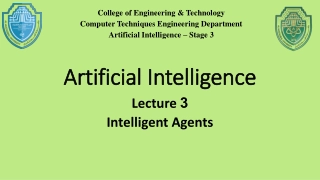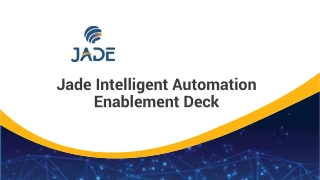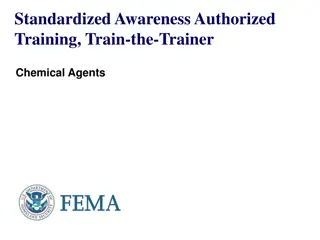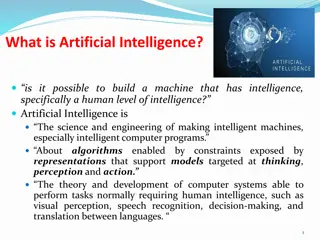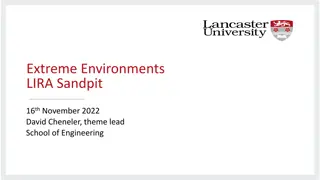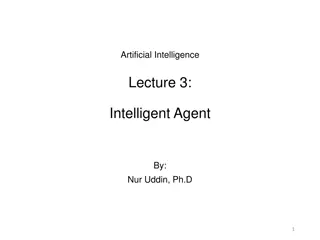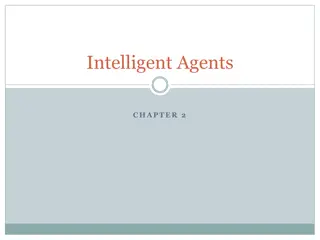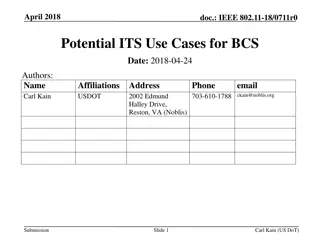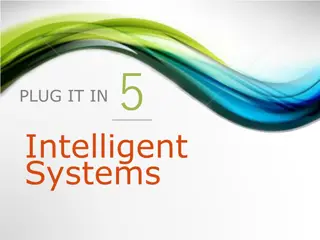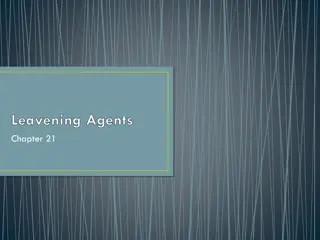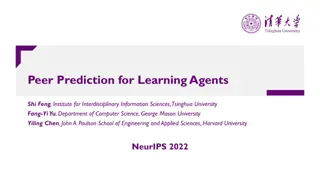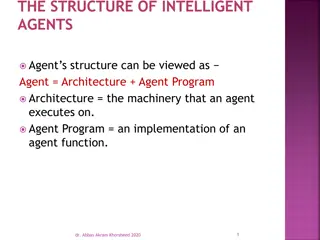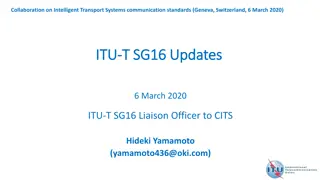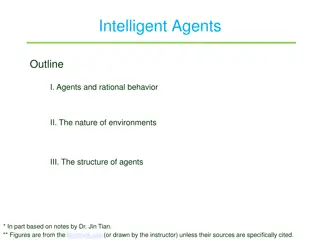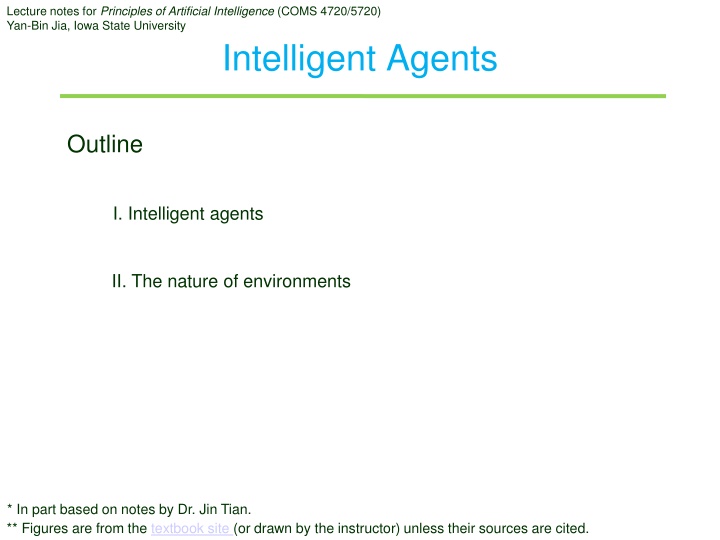
Principles of Artificial Intelligence Lecture Notes
These lecture notes cover the principles of artificial intelligence, focusing on intelligent agents and the nature of environments. Topics include agent perception, reasoning, and action, as well as the construction of agent functions and examples like the Vacuum-Cleaner World scenario. Rational behavior, rationality, and performance measures in AI are also discussed with illustrations and examples provided.
Download Presentation

Please find below an Image/Link to download the presentation.
The content on the website is provided AS IS for your information and personal use only. It may not be sold, licensed, or shared on other websites without obtaining consent from the author. If you encounter any issues during the download, it is possible that the publisher has removed the file from their server.
You are allowed to download the files provided on this website for personal or commercial use, subject to the condition that they are used lawfully. All files are the property of their respective owners.
The content on the website is provided AS IS for your information and personal use only. It may not be sold, licensed, or shared on other websites without obtaining consent from the author.
E N D
Presentation Transcript
Lecture notes for Principles of Artificial Intelligence (COMS 4720/5720) Yan-Bin Jia, Iowa State University Intelligent Agents Outline I. Intelligent agents II. The nature of environments * In part based on notes by Dr. Jin Tian. ** Figures are from the textbook site (or drawn by the instructor) unless their sources are cited.
I. Intelligent Agents Perception (sensors) Reasoning / cognition Action (actuators) Percept: perceptual inputs at any given instant. Percept sequence: complete history of everything the agent has ever perceived. Agent function (behavior): reasoning a percept sequence an action * Illustration from https://www.doc.ic.ac.uk/project/examples/2005/163/g0516334/index.html.
Construction of the Agent Function Tabulation? Very large, if not infinite, table! Instead, implement the function internally by an agent program. The program runs on the agent s architecture to produce the function. Agent = architecture + program Abstract description vs concrete implementation!
The Vacuum-Cleaner World Environment: squares ? & ? Percepts: [?, Dirty] state of the square square the vacuum cleaner is in Actions: left, right, suck, nothing
Agent Function Many ways to fill in the right column What is the right way? Good/bad, intelligent/stupid?
Rational Behavior? if status == Dirty then return Suck else if location == A then return Right else if location == B then return Left Is this agent rational? No, needless oscillation once all the dirt is cleaned up! improve Do nothing when all the squares are clean.
Rationality What is rational depends on four things: performance measure defining the criterion of success prior knowledge of the environment performable actions by the agent perceptual sequence to date A rational agent should select an action expected to maximize its performance measure.
Performance Measure Awards one point for each clean square at each time step. Meanwhile, assume known environment unknown dirt distribution and agent s initial location only available actions: Left, Right, and Suck Left and Right having no effect if they would take the agent outside perfect sensing of location and dirt existence there This agent is rational.
Omniscience vs Rationality An omniscient agent knows the actual outcome of its actions. Impossible in reality! Rationality maximizes the expected performance. Learn as much as it perceives. Does not require omniscience. Perfection maximizes actual performance. Rationality omniscience perfection
II. Task Environment To design a rational agent, we must specify its task environment: performance measure environment of the agent PEAS agent s actuators and sensors
Automated Taxi Driver Its task environment in the PEAS description:
PEAS for Other Agents Universal Robots ActiNav autonomous bin picking kit
Environment Properties Categorize task environments according to properties. appropriate families of techniques for agent implementation
Environment Property 1 Fully observable vs. partially observable if the sensors can detect all aspects that are relevant to the choice of action.
Environment Property 2 Single-agent vs. multiagent competitive cooperative
Environment Property 3 if the next state of the environment is completely determined by the current state and the action executed by the agent. otherwise. Deterministic vs. stochastic unable to keep track of all the cards in opponents hands; must be treated as nondeterministic
Environment Property 4 if the agent s experience is divided into atomic episodes, among which one does not depend on the actions taken in previous ones. if the current decision could affect all future decisions. Episodic vs. sequential instantaneous actions can have long-term consequences.
Environment Property 5 Dynamic vs. semidynamic vs. static if the environment can change while the agent is choosing an action. if the environment does not change but the agent s performance score does. otherwise.
Environment Property 6 The distinction applies to the environment s state the way time is handled the agent s percepts and actions Discrete vs. continuous

